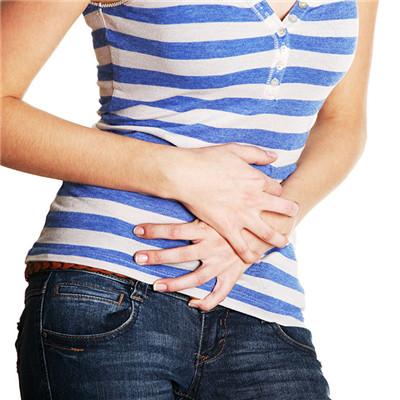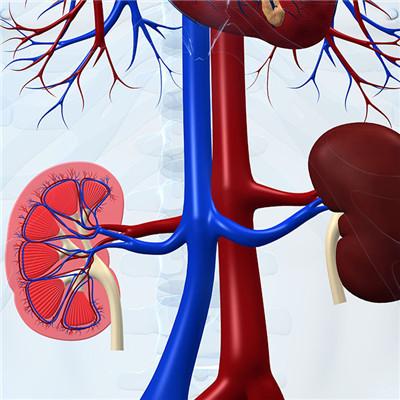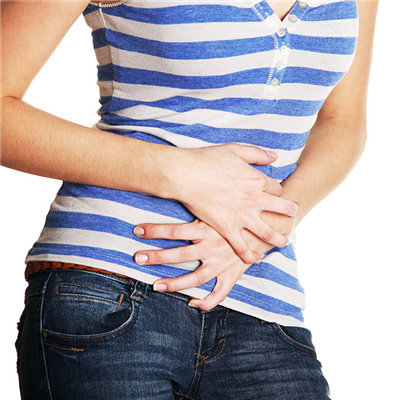Ulcerative intestinal tuberculosis symptoms?
summary
Ulcerative intestinal tuberculosis is a chronic and specific intestinal infection caused by Mycobacterium tuberculosis (TMB). It is mainly caused by Mycobacterium tuberculosis. In a few areas, intestinal tuberculosis caused by Mycobacterium bovis occurred because of drinking non sterilized milk or dairy products. The disease is commonly seen in young and middle-aged people, women slightly more than men. In recent years, due to the high infection rate of human immunodeficiency virus, the extensive use of immunosuppressants, and the low immunity of some people, the incidence of this disease has increased. Then, what are the typical clinical manifestations of ulcerative intestinal tuberculosis?
Ulcerative intestinal tuberculosis symptoms?
Abdominal pain: most of the pain is in the right lower abdomen and around the umbilicus, which is caused by the traction of ileocecal lesions. The pain is generally mild, showing dull or dull pain, and also intermittent pain, which is often induced at or after meals. When proliferative intestinal tuberculosis complicated with intestinal obstruction, abdominal pain is mainly colic, with corresponding symptoms of intestinal obstruction.
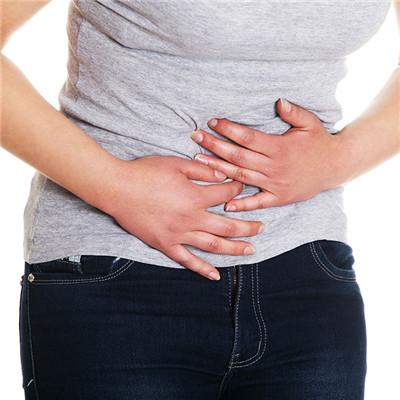
Diarrhea and constipation: due to the stimulation of intestinal flexure inflammation and ulcer, intestinal peristalsis accelerates, emptying too fast and secondary malabsorption is easy to cause diarrhea. Defecation generally 2-4 times a day, mostly pasty, light only contains a small amount of mucus, severe diarrhea can be as many as 10 times a day, bloody stool is rare. In addition, there can be constipation, feces are sheep feces, or diarrhea and constipation alternately.
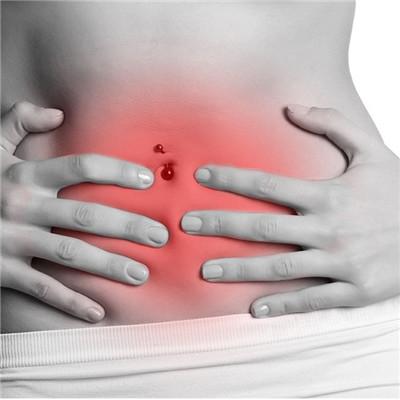
Abdominal mass: abdominal mass is usually located in the right lower abdomen, with moderate hardness, mild tenderness, sometimes uneven surface and small mobility. It is mainly seen in proliferative intestinal tuberculosis with local thickening of intestinal wall to form mass. When ulcerative intestinal tuberculosis and surrounding tissue adhesion, or with mesenteric lymph node tuberculosis, can form a mass and be palpable.

matters needing attention
For patients with intestinal tuberculosis, they should pay more attention to their diet, lie in bed and actively improve their nutrition. They should eat foods that are easy to digest and absorb, rich in nutrients, rich in vitamins and trace elements, pollution-free and irritant. They should not eat foods that are easy to produce gas, such as milk, soybean milk, and foods containing crude cellulose, such as celery and bean sprouts.


